Attire of Japanese firefighters of the 17th and 19th centuries as a separate art form
Categories: Design and Architecture | History | World
By Pictolic https://pictolic.com/article/attire-of-japanese-firefighters-of-the-17th-and-19th-centuries-as-a-separate-art-form.htmlIn the Edo era (1603-1868) in Japan, fires were not uncommon — thin wooden floors in houses could easily catch fire. The main task of the firefighters was to quickly localize the fire, and not let it spread to other buildings. But special attention should be paid to the form in which Japanese firefighters extinguished the fire — these are real works of art with their own history!
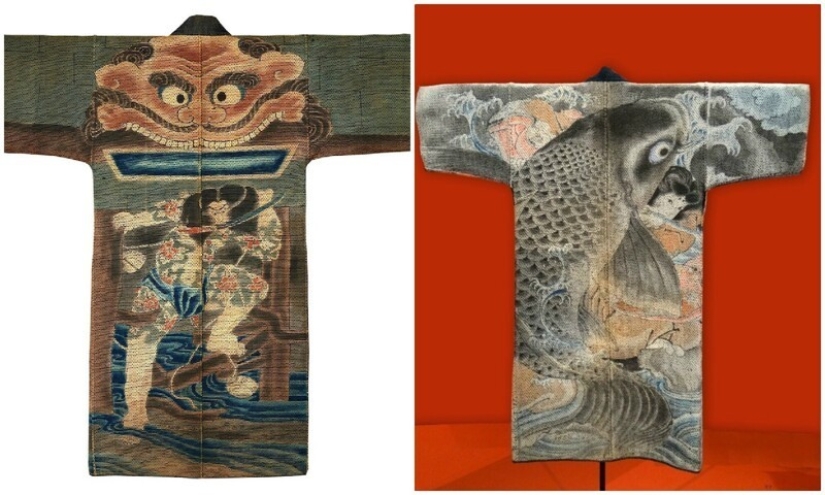
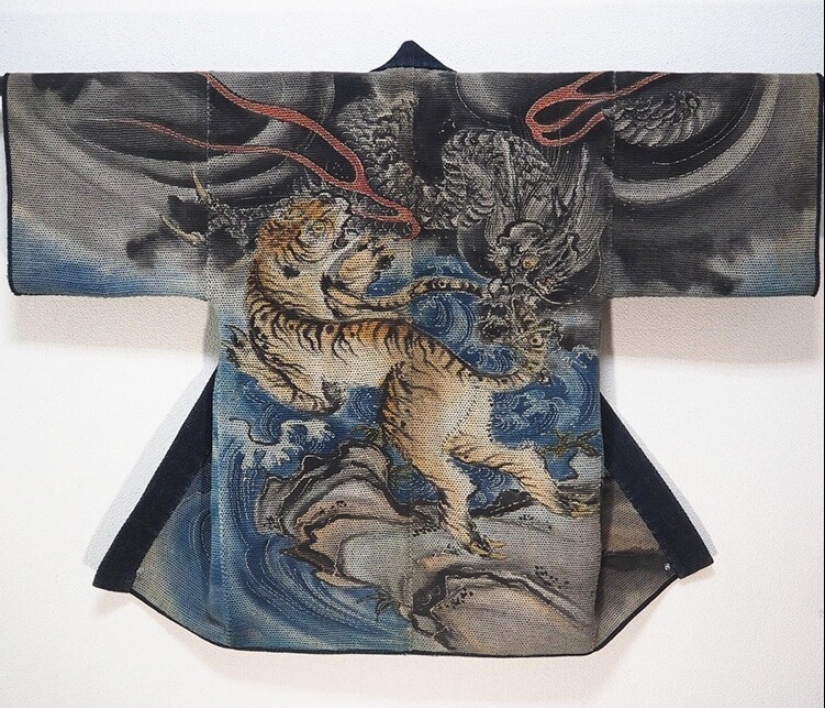
Every Japanese fire brigade in the 16th and 19th centuries wore a special uniform called hikeshi banten. The garments were tunics made of several layers of cotton or with the addition of leather, decorated with images of various subjects on the inside. These could be scenes from Japanese legends and the history of the country.
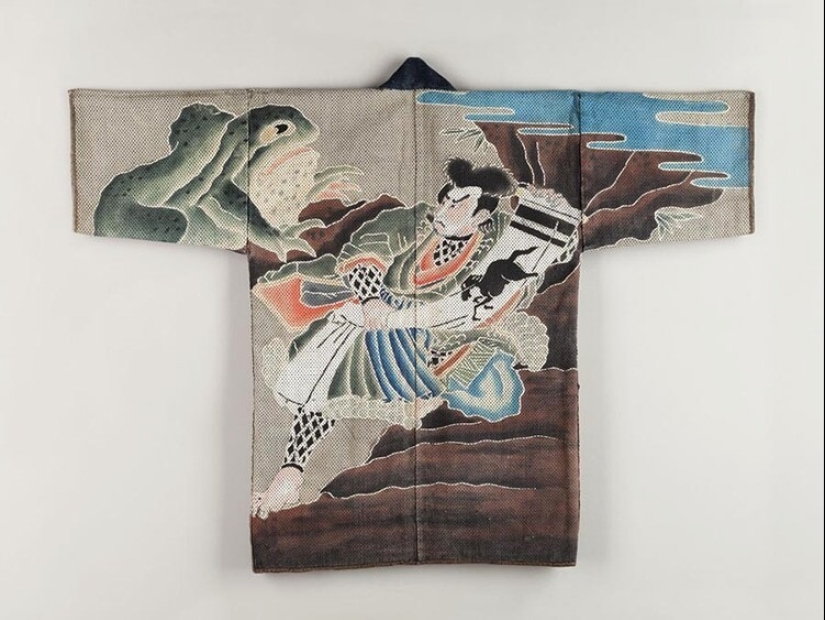
It could take weeks to create such a tunic. The sashiko method or "small injections" was used to combine the layers, and the tsutsugaki method using rice paste was used for coloring. Before entering the fire, firefighters soaked their tunics in water.
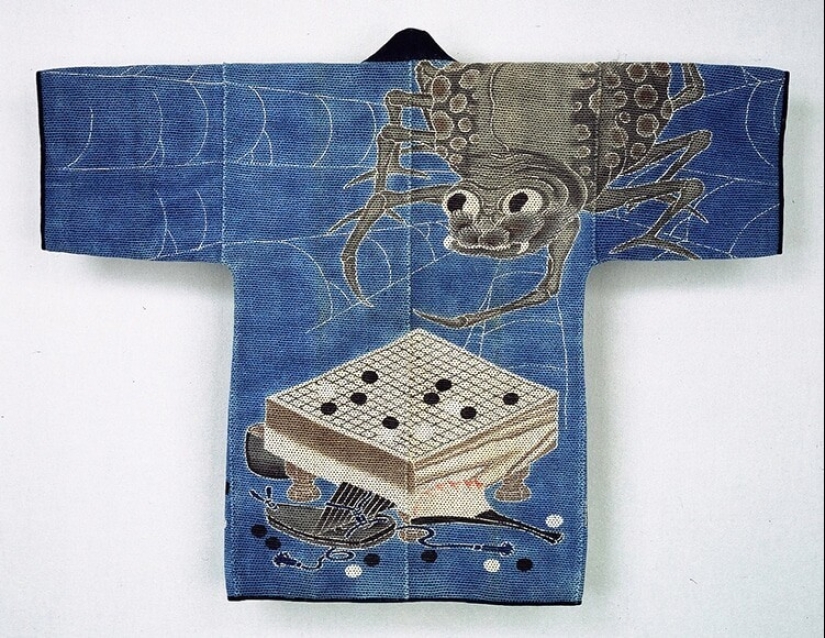
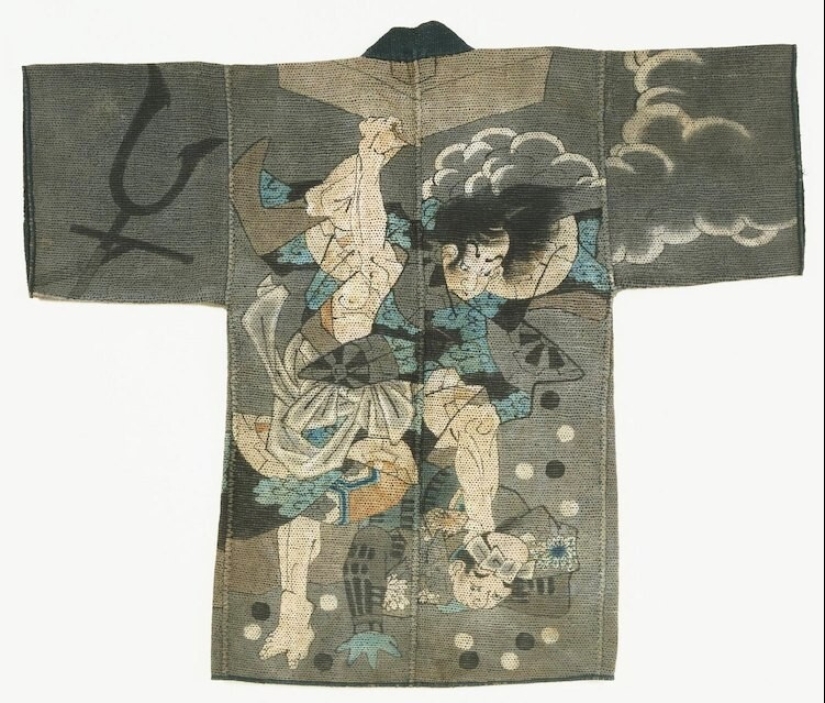
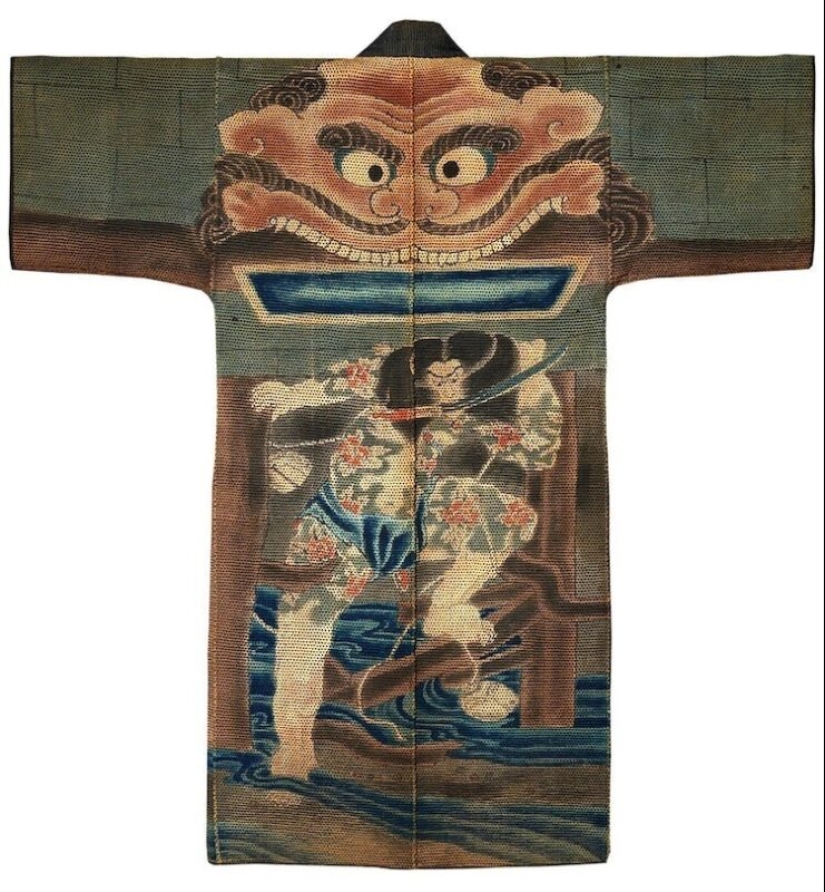

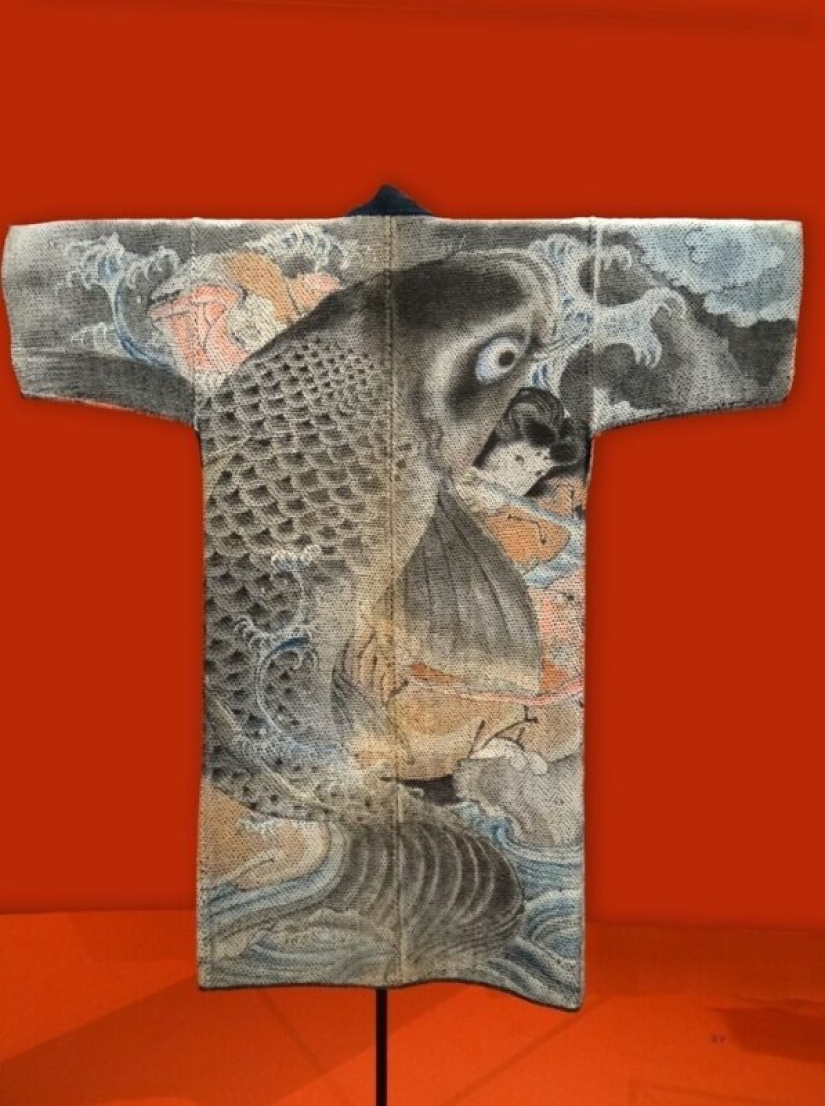
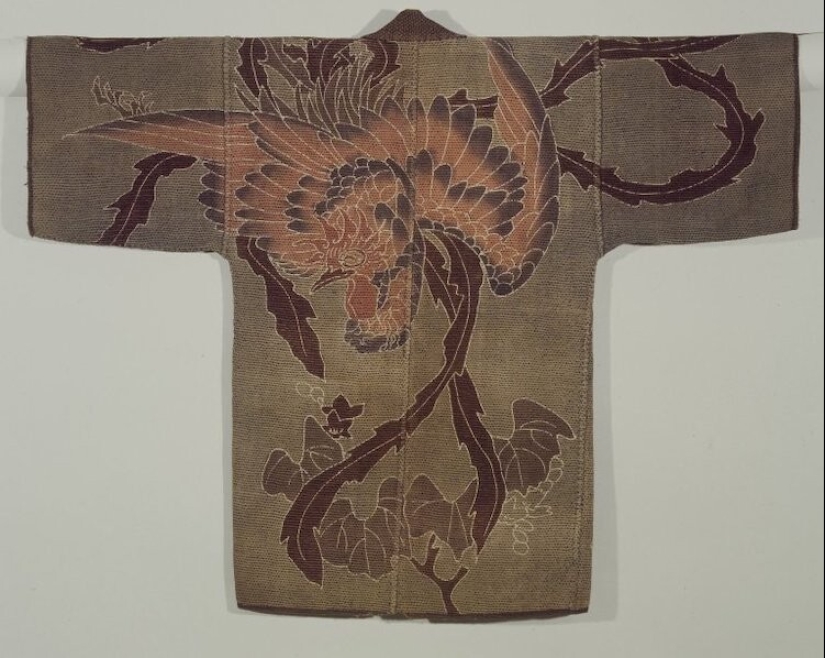
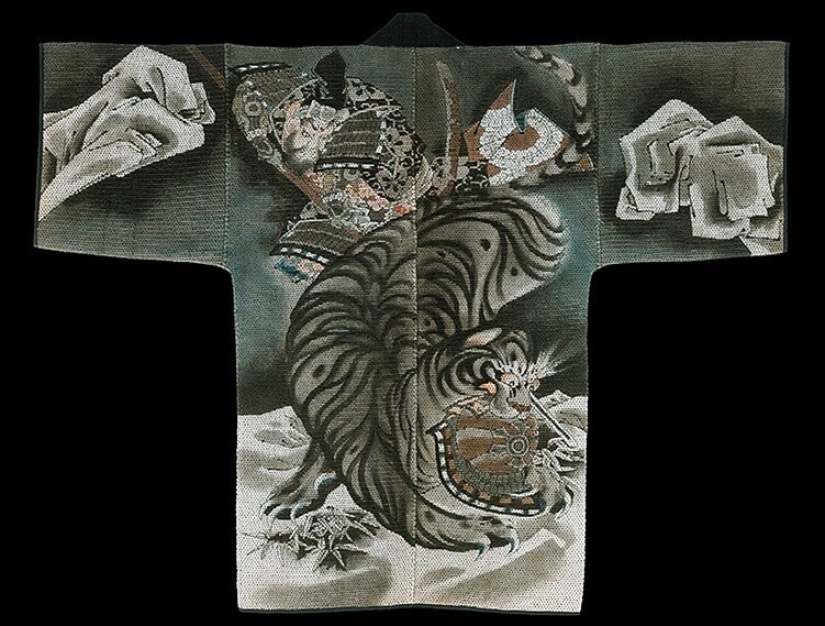
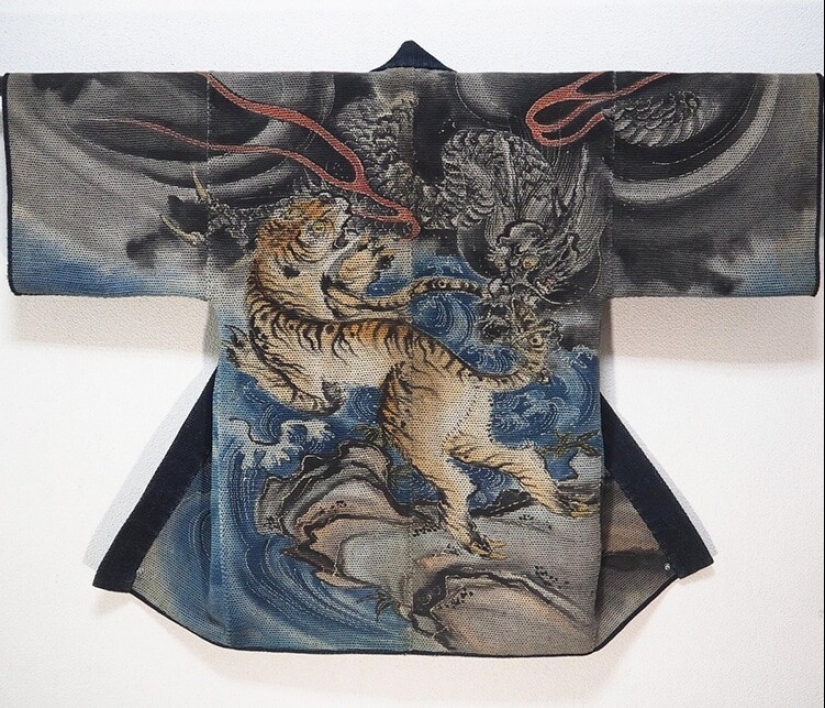
Keywords: Art | Firefighters | Uniforms | Japan
Post News ArticleRecent articles

Our planet from space is an amazing sight, beautiful and inspiring. Hopefully, one day more people will have the opportunity to see ...

Italian actress Ornella Muti started acting at the age of 14 and became famous with roles in movies. All my life she was surrounded ...
Related articles

These artists love cats, but also masterfully draw them, often complementing funny and life signatures. Meet! --> Russian ...

We continue heading "Post from the past": I Think the only shelves nails to nail? Wrong! Sculptor and artist Marcus Levine makes ...

After defeating the median king Arphaxad, the Assyrian king Nebuchadnezzar, who ruled in Nineveh, sent his captain Holofernes to ...

Established in 1942 Pulitzer prize for outstanding picture later divided into two nominations: best art and the best news ...